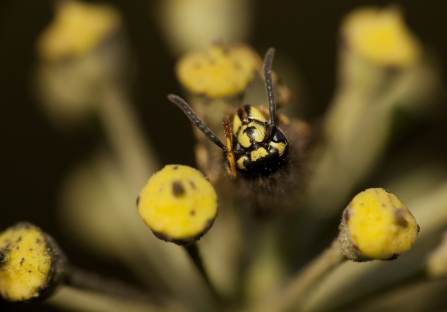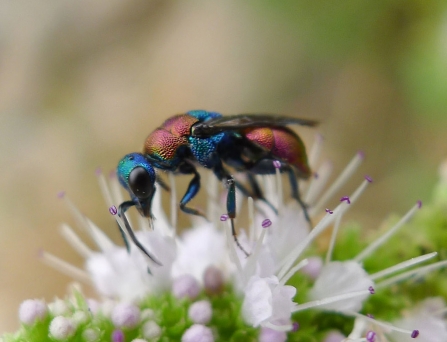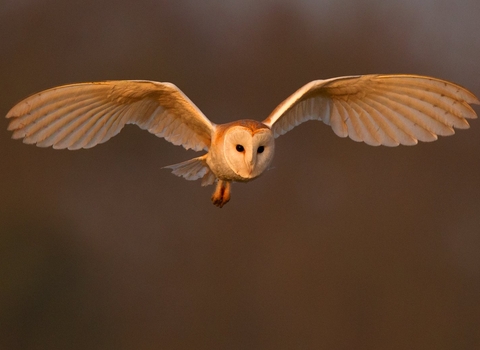There are over 250 species of larger wasp in the UK, but about 6000 species in total, including tiny parasites and gall-wasps right up to the magnificent brown and yellow hornet, one of our largest insects, with quite a reputation. The wasps most of us know are the nine social species, the paper wasps, named from their nests, including the common wasp, the German wasp and the hornet.
With a little common sense there is little to fear from wasps and much of interest. They play a vital part in many ecosystems, including our own gardens. Perhaps wasps should be as welcome as bumblebees.
Let’s see what lies behind the fear.












